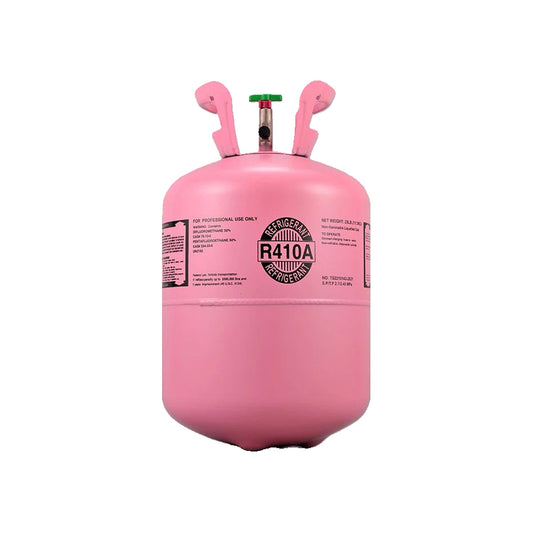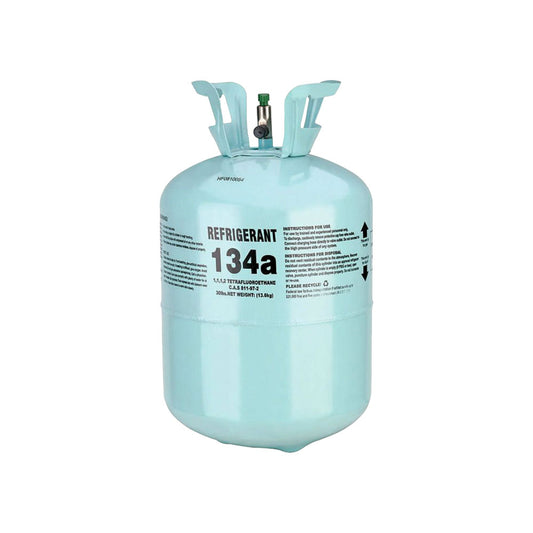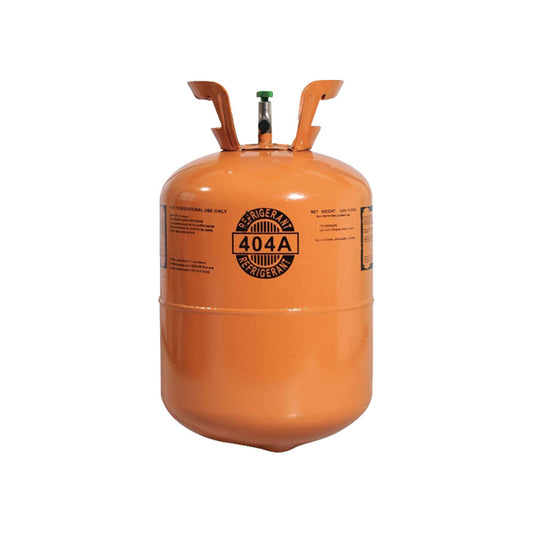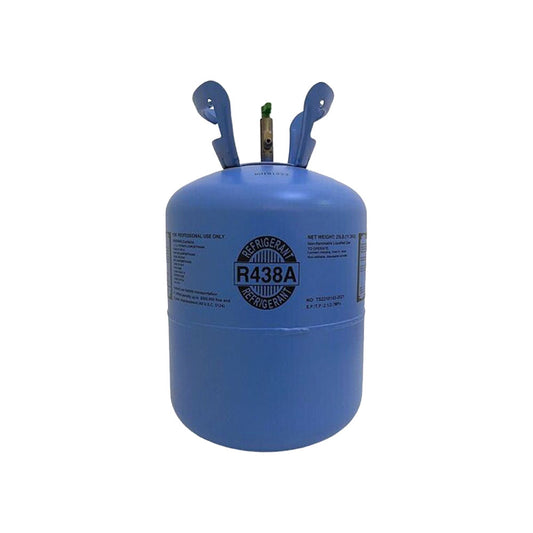10 Key Differences Between R-410a and R-32 Refrigerant
Share
When it comes to refrigerants, the choice between R-410a and R-32 can have a significant impact on your cooling system's performance. Let's delve into the 10 key differences between these two commonly used refrigerants.
1. Chemical Composition
R-410a is a hydrofluorocarbon (HFC) blend of difluoromethane and pentafluoroethane, while R-32 is a pure hydrofluorocarbon (HFC) refrigerant composed solely of difluoromethane.
2. Global Warming Potential (GWP)
R-410a has a GWP of 2088, significantly higher than R-32's GWP of 675. This means that R-32 has less impact on global warming potential compared to R-410a.
3. Ozone Depletion Potential (ODP)
Both R-410a and R-32 have zero ozone depletion potential, making them environmentally friendly choices that comply with regulations to protect the ozone layer.
4. Energy Efficiency
R-32 has a higher energy efficiency compared to R-410a, leading to lower energy consumption and reduced operating costs over time.
5. Refrigerant Charge
R-32 requires a lower refrigerant charge compared to R-410a, which can result in cost savings and reduced environmental impact due to lower refrigerant usage.
6. Flammability
R-32 is classified as a mildly flammable refrigerant (A2L), while R-410a is non-flammable. Proper handling and safety precautions are necessary when working with flammable refrigerants like R-32.
7. System Compatibility
R-410a is not compatible with systems designed for R-22 refrigerant, while R-32 can be used as a drop-in replacement for R-410a in some systems with minor modifications.
8. Operating Pressure
R-32 operates at lower pressures compared to R-410a, which can lead to improved system performance and reduced stress on components over time.
9. Lubricant Compatibility
R-32 is compatible with polyolester (POE) oil, while R-410a requires a different type of oil. Ensuring the correct lubricant compatibility is crucial for system efficiency and longevity.
10. Industry Trends
With a focus on environmental sustainability and energy efficiency, the industry is gradually shifting towards refrigerants like R-32 due to its lower GWP and higher energy efficiency compared to R-410a.
Understanding the key differences between R-410a and R-32 refrigerants is essential for making informed decisions about your cooling system. Consider consulting with a professional to determine the best refrigerant option for your specific needs and requirements.




